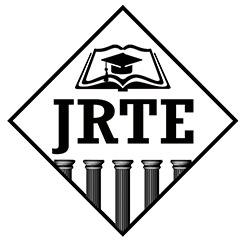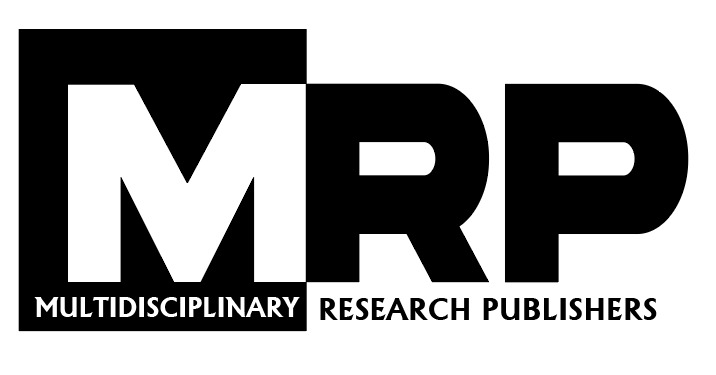Downloads
Industrial activities has been a significant cause of a lot of ongoing environmental hazards. Among them, a significant threat is from the gases which emit during several industrial processes. Gases such as CO2, NO2, and SO2 are released into the atmosphere due to fossil fuel burning and other chemical reactions. At present, different institutions and organizations are working together to minimize the damage caused by these emissions to the environment and humans by formulating policies and regulations. Further, we can see most industries are keen to implement strategies to reduce their carbon footprint by reducing the flue gas emissions. Enterprises in achieving this target can use several methods. Among them, post-combustion carbon capture is an effective method capable of reducing a significant amount of CO2 from the flue gas concentration. This paper will provide an overview of the post-combustion carbon capture technique, different post-combustion carbon capture methods, the pros, and cons of this method, current status, and various post- combustion carbon capture applications. Industries should interest in taking the support of the post-combustion carbon capture system to reduce their CO2 emissions while minimizing the disadvantages of this method.
Written by JRTE
ISSN
2714-1837
| M | T | W | T | F | S | S |
|---|---|---|---|---|---|---|
| 1 | 2 | 3 | 4 | |||
| 5 | 6 | 7 | 8 | 9 | 10 | 11 |
| 12 | 13 | 14 | 15 | 16 | 17 | 18 |
| 19 | 20 | 21 | 22 | 23 | 24 | 25 |
| 26 | 27 | 28 | 29 | 30 | 31 | |
Our Visitors






 Users Today : 20
Users Today : 20 Total Users : 23605
Total Users : 23605 Views Today : 199
Views Today : 199 Total views : 70921
Total views : 70921 Who's Online : 0
Who's Online : 0 Your IP Address : 18.190.253.56
Your IP Address : 18.190.253.56

